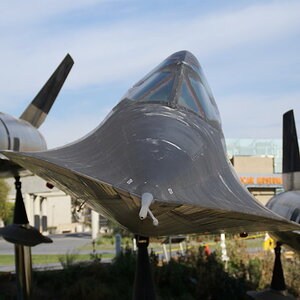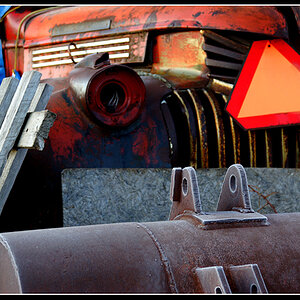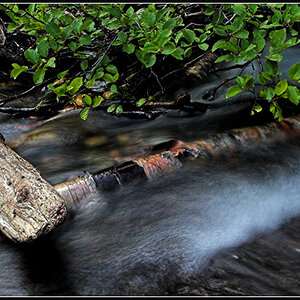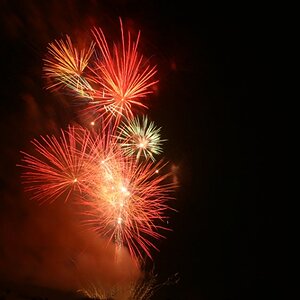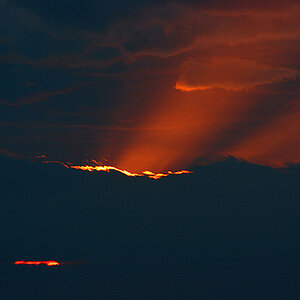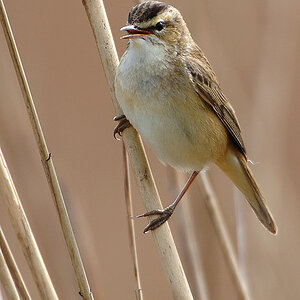jvgig
TPF Noob!
- Joined
- Sep 26, 2007
- Messages
- 326
- Reaction score
- 0
- Can others edit my Photos
- Photos OK to edit
These are from the Atlanta Zoo. I was having trouble to the the sunlight minimizing blown out highlights while trying to preserve the darker details of the animals.
1.
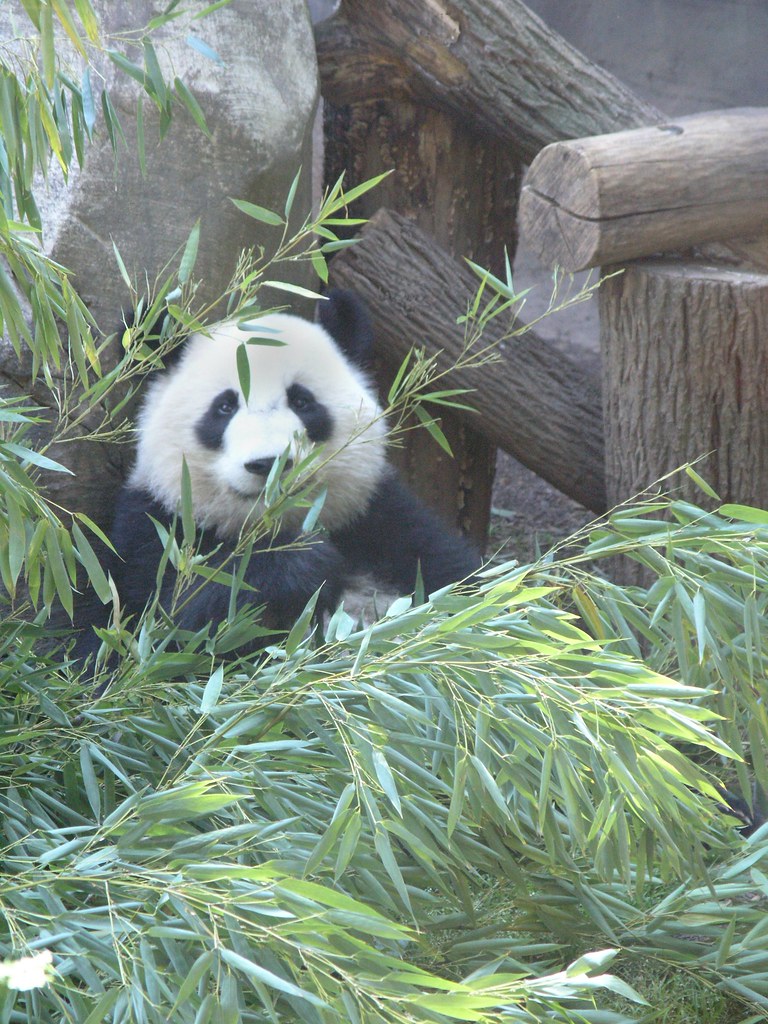
35mm f3.5 1-160sec iso400 EV0 (behind glass)
2.
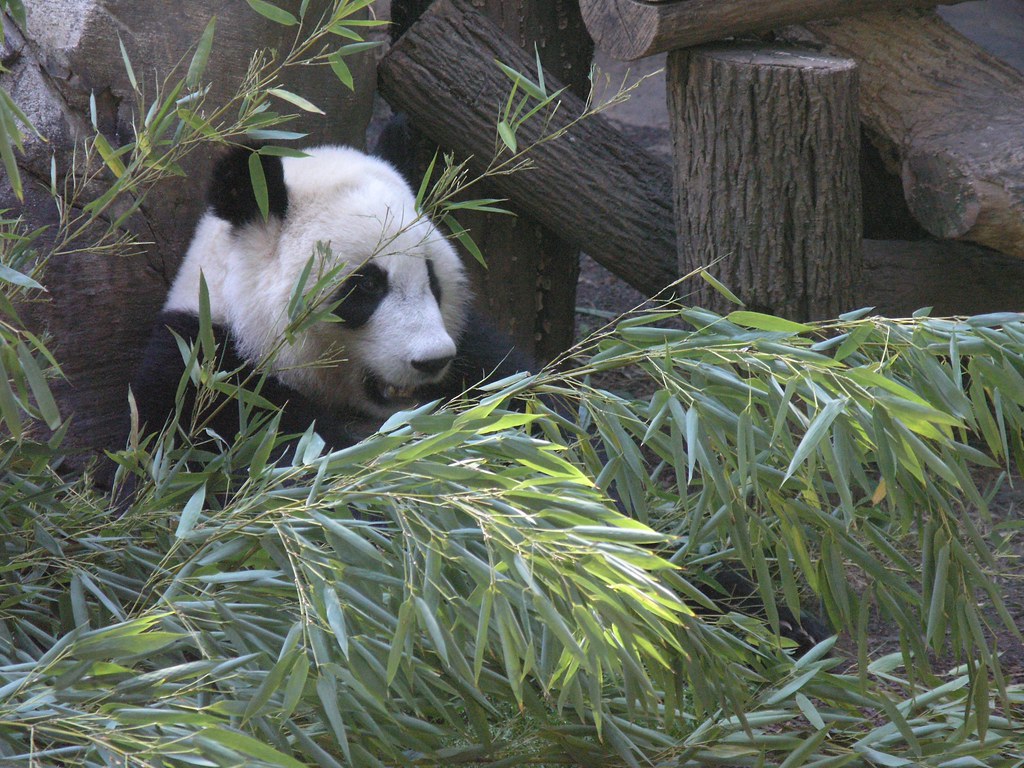
36mm f3.5 1/250sec iso400 EV0 (behind glass)
3.
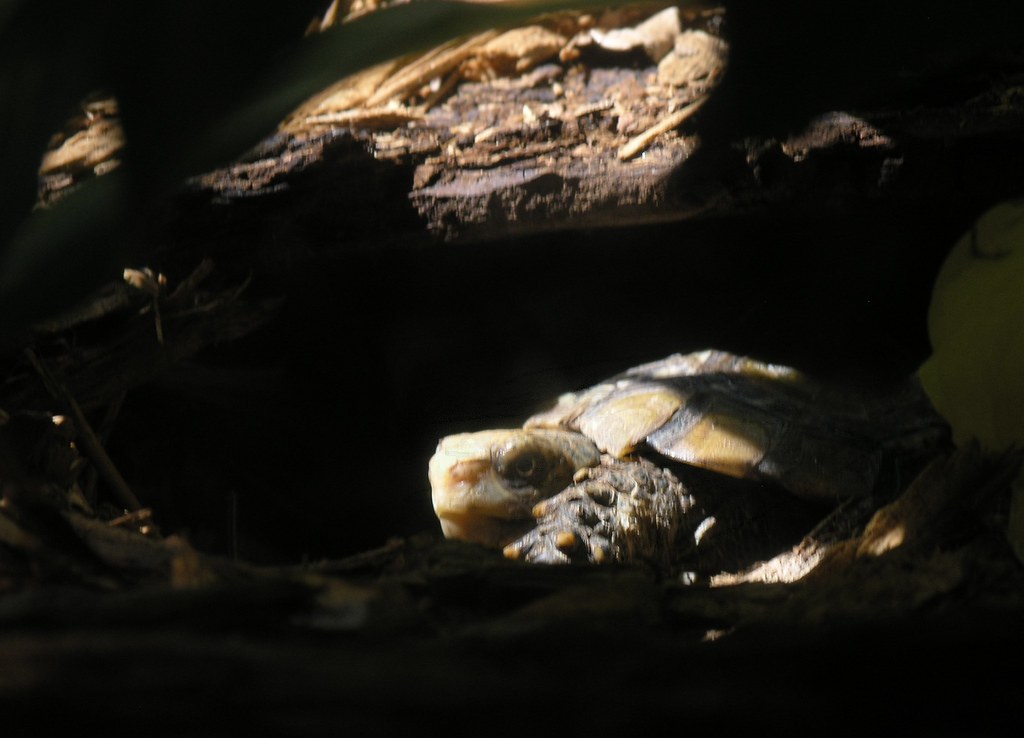
36mm f3.5 1/50sec iso50 EV0 (behind glass)
4.
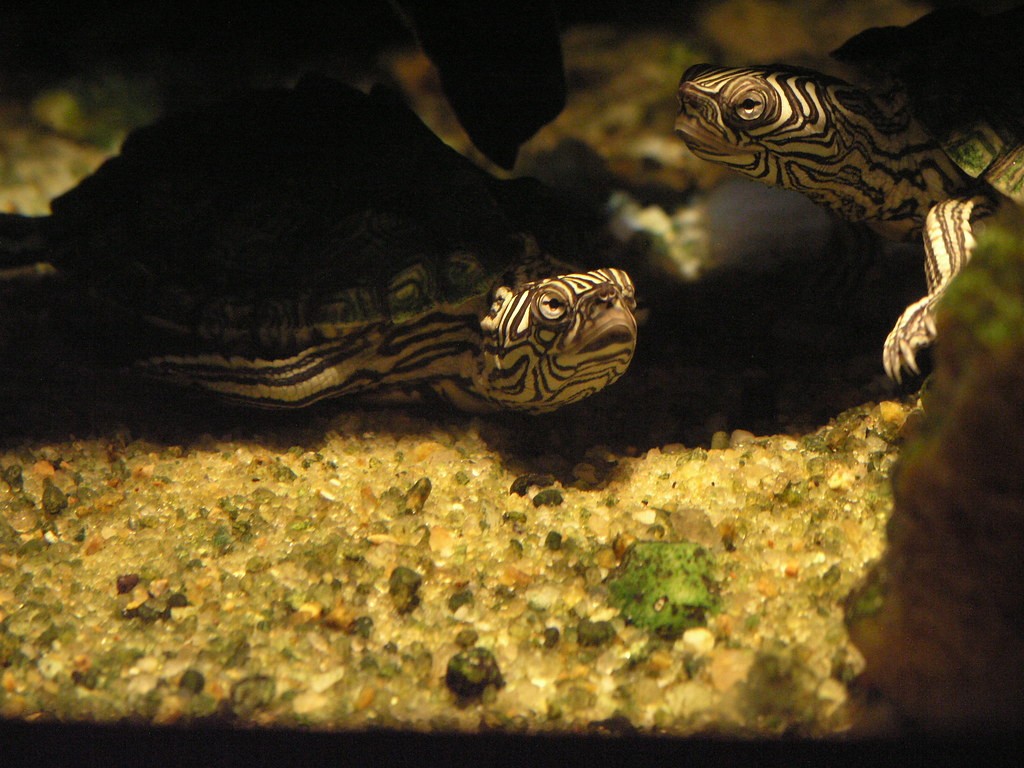
27mm f3.5 1/100sec iso400 ev0 (in aquarium)
5.
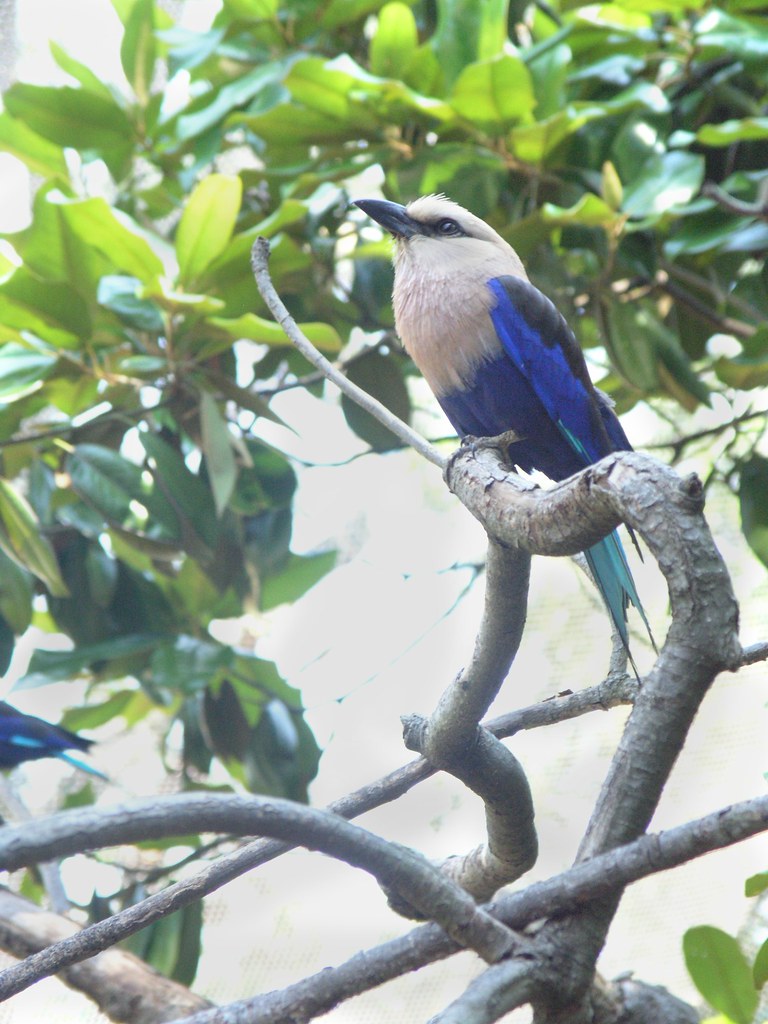
36mm f3.5 1/200sec iso400 EV0
6.
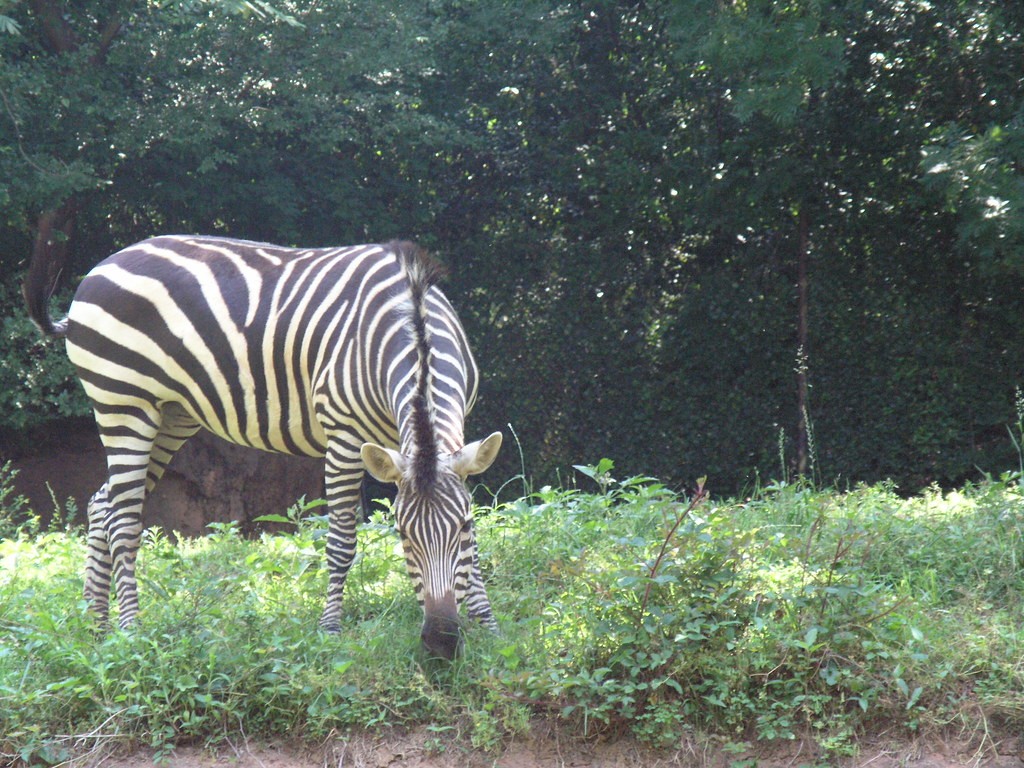
36mm f3.5 1/320sec iso400 EV0
7.

36mm f3.5 1/3200 sec iso400 EV0
8.
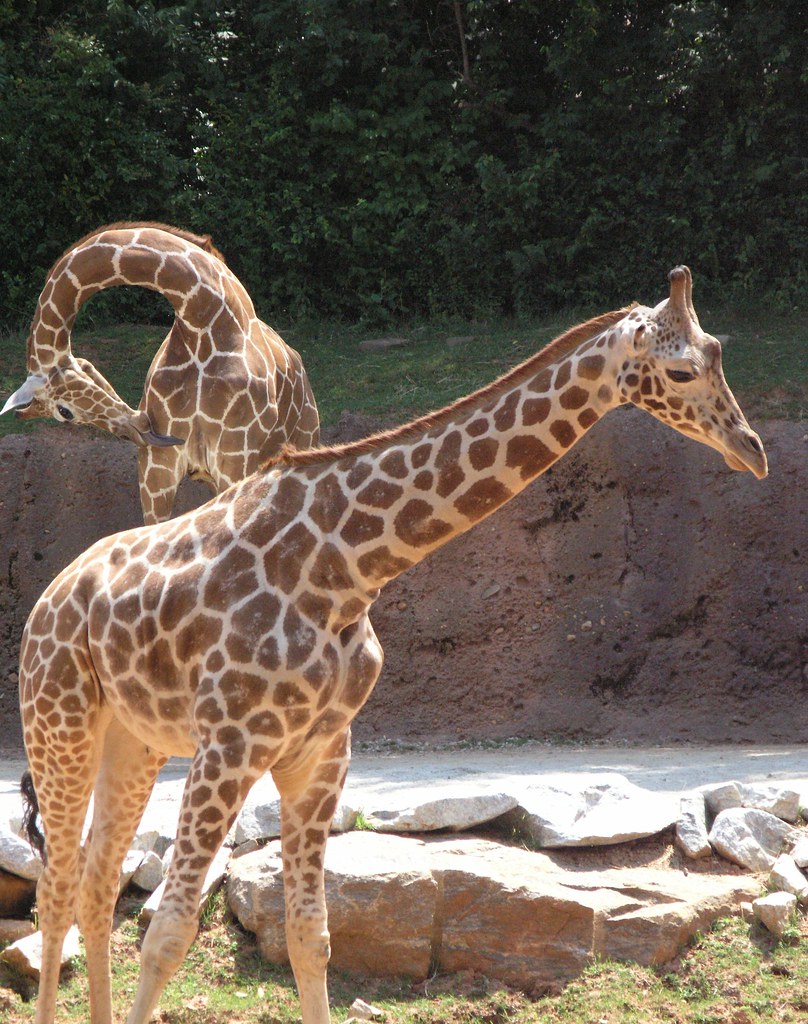
36mm f3.5 1/1600sec iso400 EV0
9.
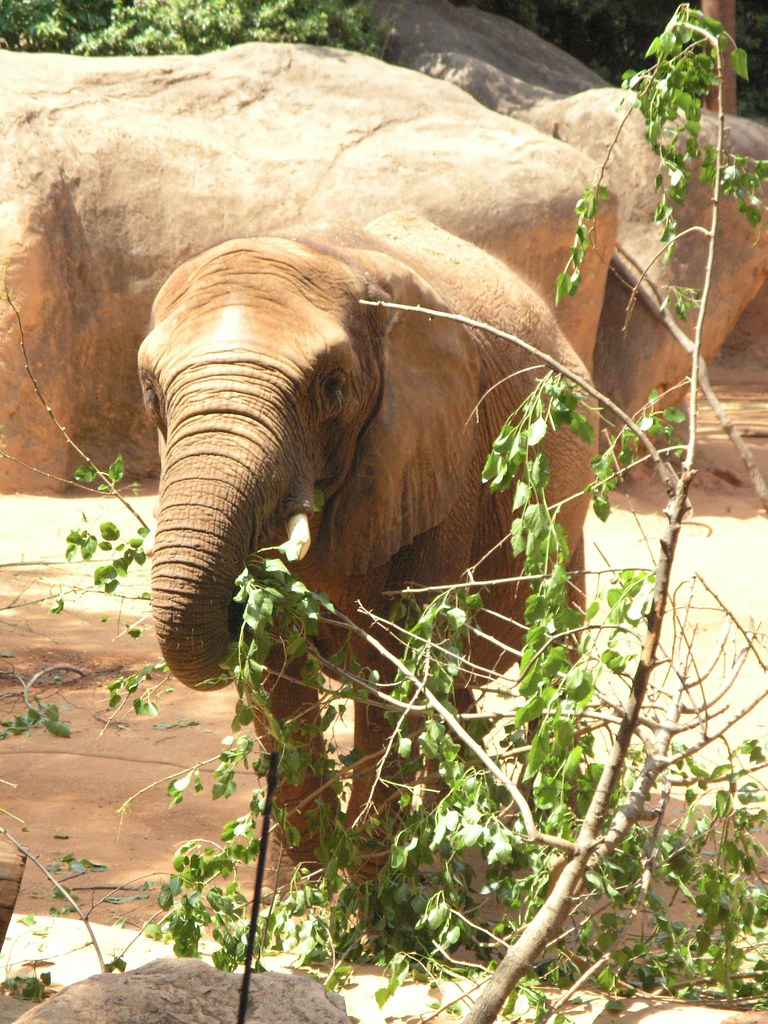
36mm f3.5 a/1250sec iso400 EV0
10.
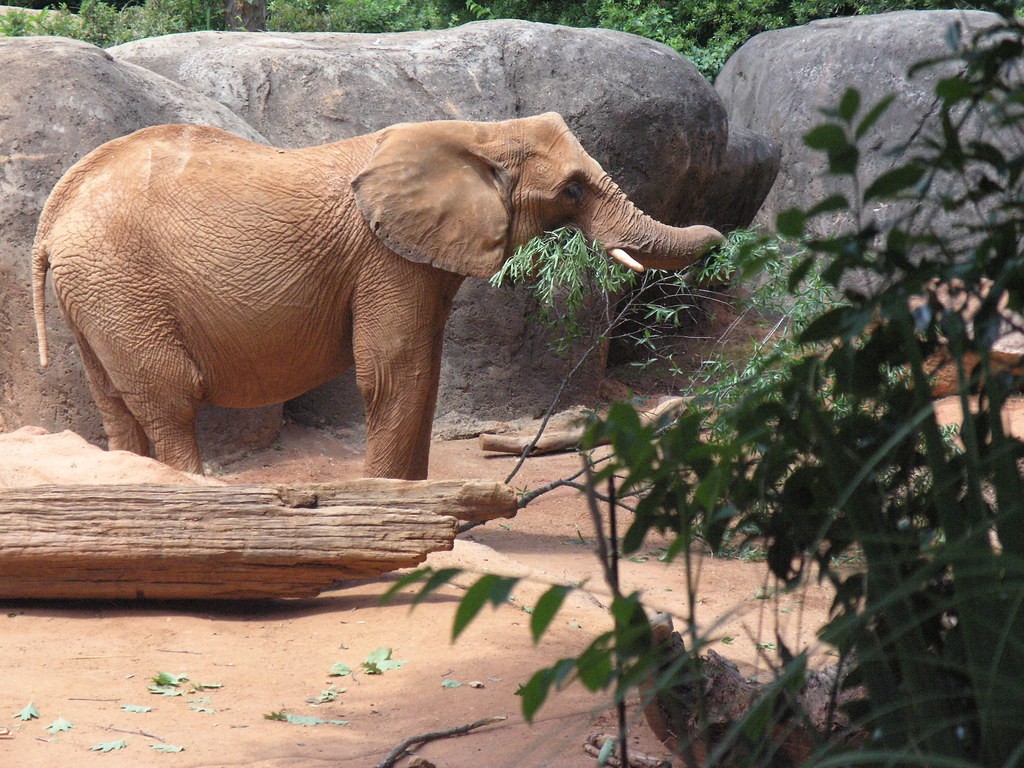
36mm f3.5 1/2500sec iso400 EV0
11.
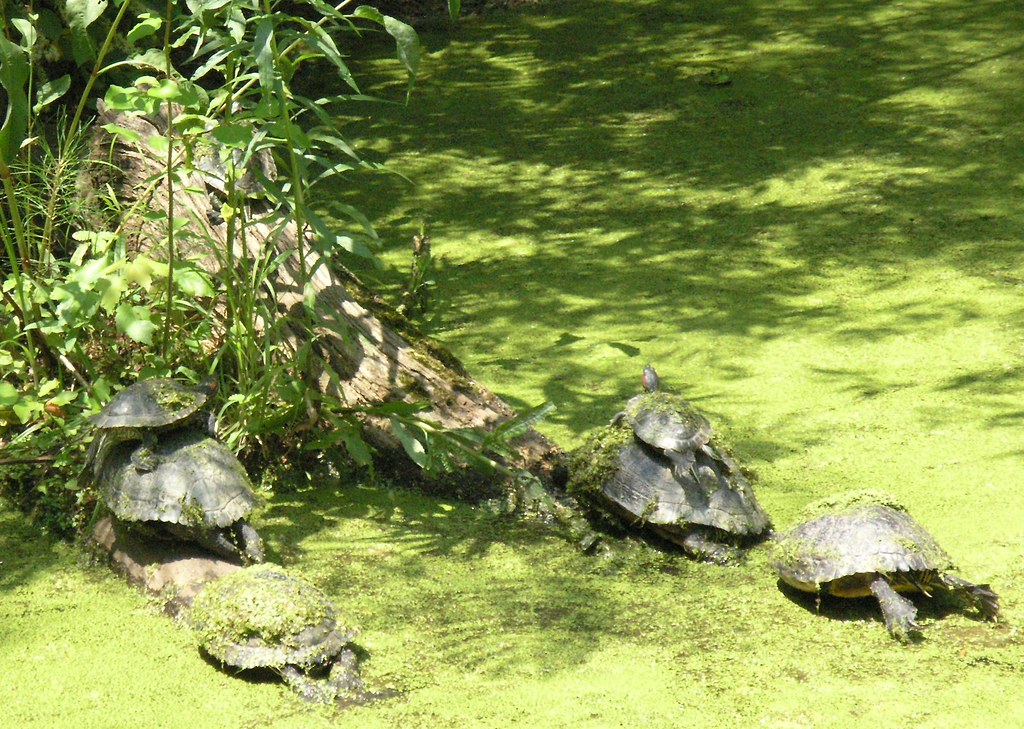
36mm cropped f3.5 1/1250sec iso400 EV0
Always looking to improve, so any advice/suggestions would be greatly appreciated.
Thanks
1.

35mm f3.5 1-160sec iso400 EV0 (behind glass)
2.

36mm f3.5 1/250sec iso400 EV0 (behind glass)
3.

36mm f3.5 1/50sec iso50 EV0 (behind glass)
4.

27mm f3.5 1/100sec iso400 ev0 (in aquarium)
5.

36mm f3.5 1/200sec iso400 EV0
6.

36mm f3.5 1/320sec iso400 EV0
7.

36mm f3.5 1/3200 sec iso400 EV0
8.

36mm f3.5 1/1600sec iso400 EV0
9.

36mm f3.5 a/1250sec iso400 EV0
10.

36mm f3.5 1/2500sec iso400 EV0
11.

36mm cropped f3.5 1/1250sec iso400 EV0
Always looking to improve, so any advice/suggestions would be greatly appreciated.
Thanks



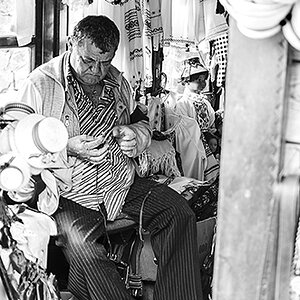
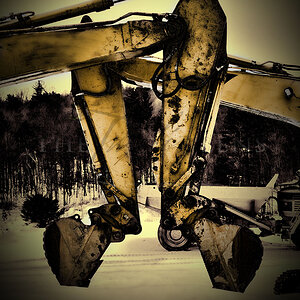
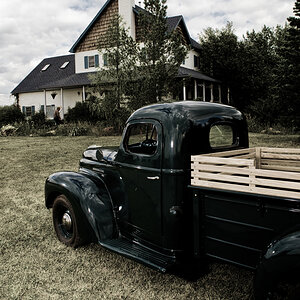
![[No title]](/data/xfmg/thumbnail/41/41818-fb8293ceb208cab396fce9a587bbe37b.jpg?1619739903)
